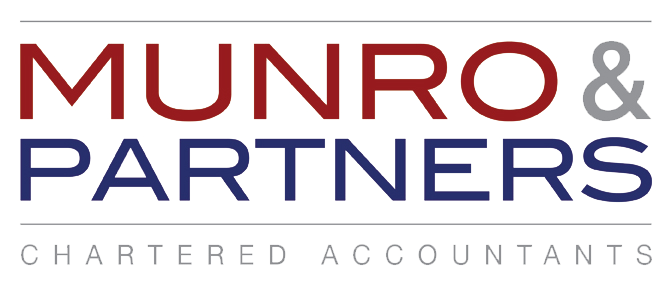Choosing a name, describing your brand, and planning your future goals are all exciting steps to take in the early stages of a setting up a business.
Before you can really get started, however, there are certain decisions to make about your new business – including the type of legal structure it will have.
There’s no quick and simple way to decide this, and with so many different structures to choose from it’s important to know your own priorities first.
Here are three of the most common business structures, and some of the advantages and disadvantages that come with each.
Sole trader
This is the simplest way to operate, as it basically means you’re running your business as a self-employed individual.
The downside to this is the lack of distinction between your business’ finances and your own. You’ll be responsible for any losses your business makes and any debts it gets into, which can pose a risk to your personal finances.
You’ll also have some accounting and administrative responsibilities to keep on top of, and you’ll need to complete a self-assessment tax return every year.
Limited company
Forming a limited company keeps your business finances separate from your personal finances, protecting you from personal liability in most instances. This means things like your house, car and savings won’t be put at risk if your company faces financial problems.
Additionally, incorporating can often improve your credibility from a customer or client’s point of view – potentially opening up new business opportunities.
While these can be appealing advantages, make sure you don’t rush into this decision. As a limited company director, you have more duties to keep on top of, including record-keeping, accounting and updating your company details.
And, if you’re supplying services through your limited company, you may be affected by tax legislation called IR35, which is set to extend to the private sector in April 2020.
Partnership
A partnership involves two or more people, who share the business’s profits as well as responsibility for its debts.
You’ll need to decide which person in the partnership is the ‘nominated partner’. This person is responsible for managing the partnership’s tax returns and keeping business records.
It’s important to give serious thought to who you choose to partner with, how well you work together, and whether you are both prepared to take responsibility for the business.
Even the closest friendship can be put under strain by the pressures involved in a business partnership, so it’s not a decision to take lightly.
You can also choose to set up a limited liability partnership. This has different rules to a limited company, but it does separate you and your partner’s personal finances from the business finances in a similar way.
Things to consider
To summarise, there are a few factors to think about before you choose how to structure your business. Here are some questions to keep in mind:
- are you happy to take financial liability for your business?
- will you be running the business yourself, or with a partner?
- how much paperwork are you prepared to take on?
- how much does the status of a limited company matter to your business?
- could you be affected by IR35?
Contact us
Whatever your business idea, we can discuss the right structure to suit you and support you at each step of setting it up.
Get in touch to talk about starting your business.

